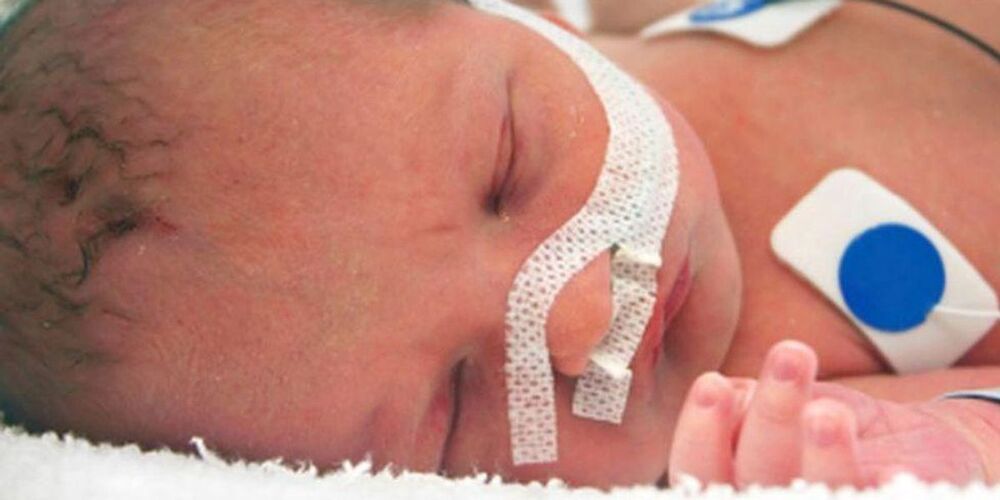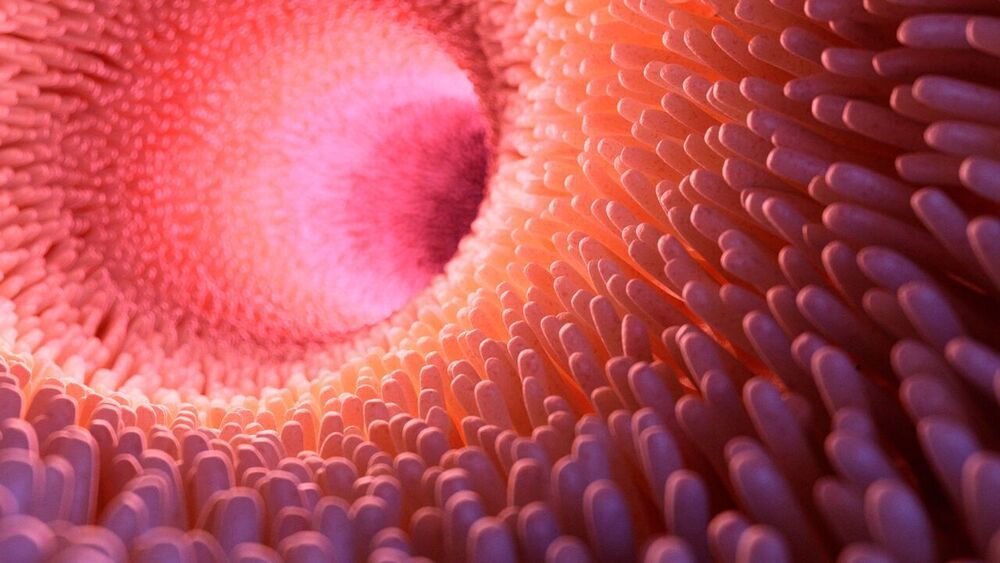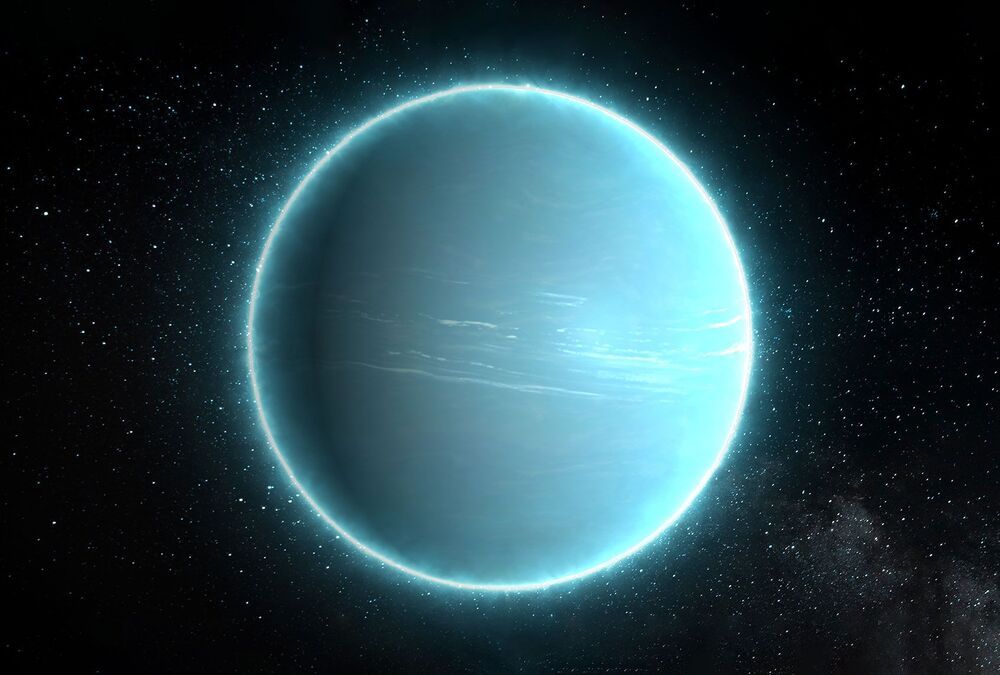**Low birth weight tied to accelerated aging in boys**
A study in Pediatrics found that boys who weigh less than 2 pounds at birth aged faster and were five years older biologically in their early 30s, compared with boys who were born at the same time but whose birth weights were normal. The findings were based on the genes of 45 individuals who were extremely low birth weight and those of 47 whose birth weights were normal.
MONDAY, May 17, 2021 (HealthDay News) — Boys who weigh less than 2 pounds at birth don’t age as well as their normal-weight peers, a long-term study finds.
Canadian researchers have followed a group of extremely low birth weight (ELBW) babies and their normal-weight counterparts since 1977.
When participants were in their early 30s, researchers compared the genes of 45 who were ELBW babies with those of 47 whose birth weight was normal.






